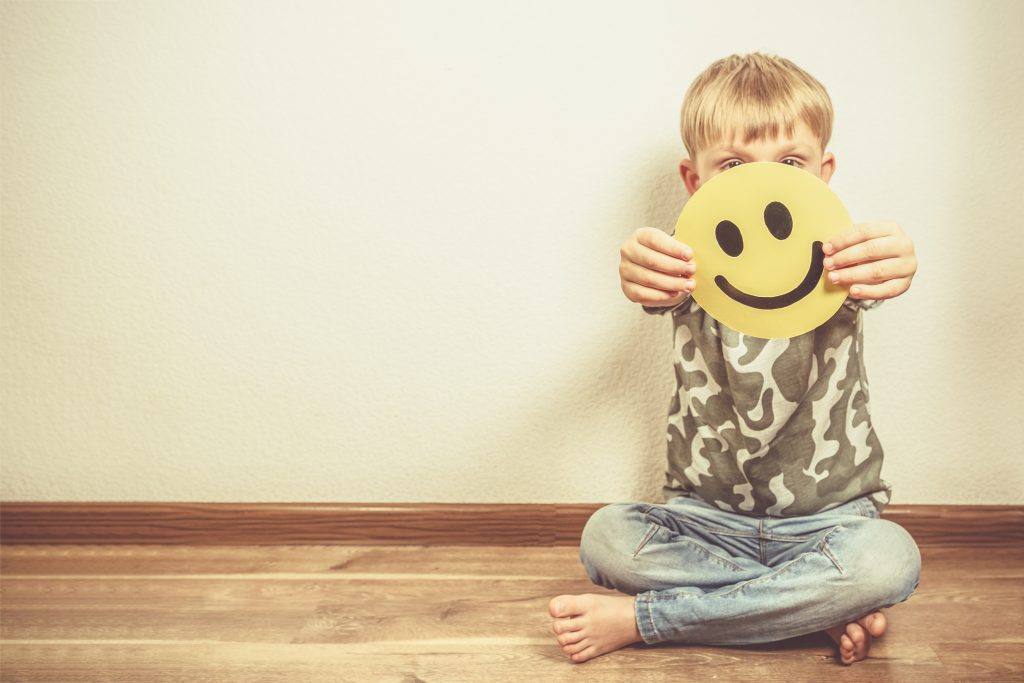
Discipline doesn’t have to mean harsh consequences or time-outs that leave kids confused or upset. In fact, positive discipline strategies can be more effective in teaching kids long-term behavior and emotional regulation. These creative techniques help children understand their actions, build self-awareness, and develop problem-solving skills. The goal is not to shame or scare a child into compliance, but to guide them into better choices. By using patience, consistency, and creativity, parents can create a calmer and more respectful household. Here are 10 discipline techniques that don’t rely on traditional punishments.
1. Redirection
When a child is acting out, sometimes the best move is to redirect their attention to something positive. This works especially well for toddlers and young children who respond to immediate distractions. If your child is throwing blocks, you can guide them to a puzzle or a drawing activity instead. Redirection gently shifts focus without making the child feel “in trouble.” It prevents escalation while keeping your child engaged and learning. Over time, it helps them understand there are better outlets for their energy.
2. Offer Choices
Children often misbehave when they feel powerless or overwhelmed. Giving them two acceptable choices helps them feel more in control and less likely to act out. For example, instead of saying, “Put on your shoes now,” say, “Would you like to wear your red shoes or your blue ones today?” This keeps the child within boundaries while giving them some autonomy. It also prevents power struggles and builds decision-making skills. The sense of control helps calm behavior quickly.
3. Use Natural Consequences
Letting children experience the natural result of their actions—without interference—can be a powerful teacher. If a child refuses to wear a coat, they’ll feel cold and understand why it’s needed. As long as safety isn’t at risk, natural consequences build responsibility and awareness. Instead of punishing a child for forgetting homework, let the teacher address it. These moments teach real-world lessons better than any imposed discipline. Children learn that actions have results—without fear or shame.
4. Practice Do-Overs
Mistakes are learning opportunities, and sometimes a do-over is all that’s needed. If your child speaks rudely, encourage them to try again with a kind voice. Practicing respectful communication or helpful behavior reinforces what’s expected. This approach builds emotional intelligence while correcting behavior. It’s less about shame and more about skill-building. Do-overs create room for growth, not guilt.
5. Calm-Down Corners
Instead of sending kids away as a punishment, create a calm-down space filled with books, soft pillows, or sensory toys. This is not a time-out but a space to help kids regulate their emotions. Let them go there when they’re overwhelmed—not when they’re “bad.” Over time, they learn to choose calming strategies on their own. It encourages mindfulness and emotional control. Teaching kids to pause and reflect is more valuable than isolating them.
6. Role Play Better Behavior
Turn challenging situations into teachable moments through role play. If a child hits out of frustration, act out a better way to express anger together. Practicing kind responses through play helps kids internalize behavior in a low-pressure setting. Use dolls, puppets, or pretend scenarios to illustrate how to solve conflicts. Kids retain lessons better when they’re involved and engaged. It’s a fun way to reinforce respectful actions.
7. Reflective Conversations
After a conflict, sit down with your child to talk about what happened and how they felt. Ask open-ended questions like, “What were you feeling when you did that?” or “What can we try next time?” These conversations help children connect emotions to behavior. It also strengthens the parent-child bond through active listening. Reflection teaches self-awareness and accountability without blame. Over time, kids begin to think before they act.
8. Use Humor and Playfulness
Sometimes humor can diffuse tension faster than lectures. A silly voice, dance break, or playful challenge can redirect a child’s energy. Laughter releases stress and can shift a child’s mood instantly. This method doesn’t ignore misbehavior—it resets the atmosphere so solutions are possible. Humor builds connection and helps children feel safe even in tense moments. It’s a powerful tool for connection and cooperation.
9. Positive Reinforcement
Catch your child doing something right and praise it genuinely. Positive reinforcement builds self-esteem and encourages good behavior. Instead of focusing on what they’re doing wrong, highlight what they’re doing well. Say things like, “I noticed how gently you played with your sister today.” These affirmations motivate kids to repeat positive actions. Encouragement is a stronger motivator than criticism.
10. Set Clear Expectations in Advance
Often, children misbehave because they didn’t know what was expected. Set clear rules ahead of time, especially before outings or transitions. Use simple language and repeat instructions calmly. When children understand the boundaries, they’re more likely to stay within them. Consistency is key to helping them feel secure. Prevention is one of the most effective forms of discipline.
Rethinking Discipline Starts With Connection
Discipline doesn’t have to be about control—it can be about guidance, growth, and connection. When children feel safe, respected, and understood, they’re more likely to respond positively. These techniques help build lifelong emotional skills while reducing daily conflict. The best discipline happens in moments of empathy, not punishment. By staying calm, creative, and consistent, you can shape behavior while strengthening your relationship. In the end, connection is the most powerful tool a parent can use.
Read More